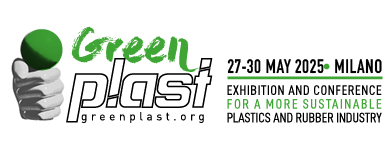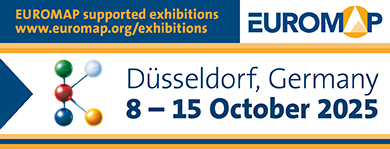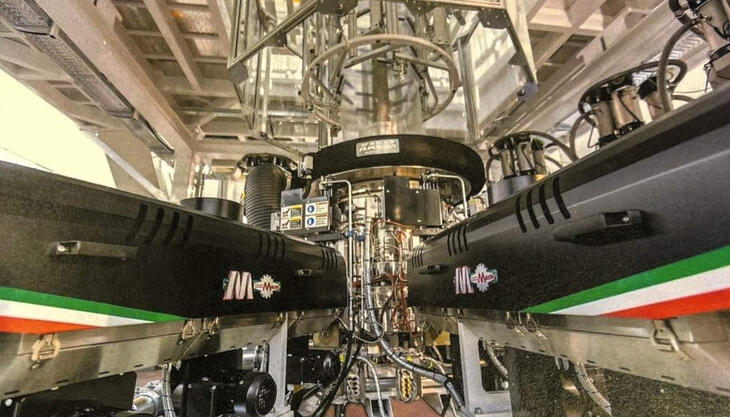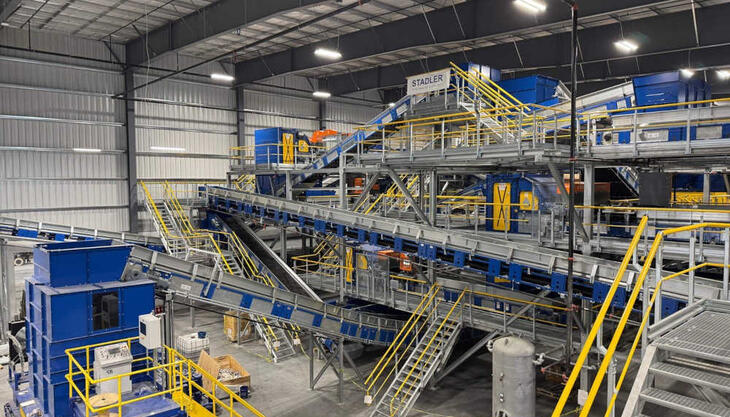Giving more added value to recycled materials
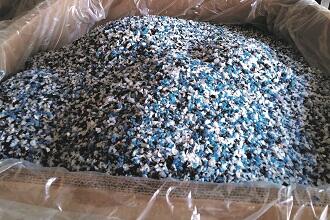
Can a recycled packet of chips or snacks become a high technical performance component? It may be possible with the latest recycling technology of Gamma Meccanica, an Italian company specialized in the design and construction of lines for the regeneration of plastic materials. The new series of GM Tandem lines born to give more "added" value to waste materials is the result of constant evolution of technology characterized by higher level of automation, maximum quality of the recycled product (granules) and improved energy savings.
With Gamma Meccanica’s classic Tandem technology it is possible to recycle heavily printed, high humidity and contaminated materials. The ultimate Tandem Plus line improves characteristics during the upcycling process, so it is ideal for the production of compounds from recycled materials for special applications. There are numerous advantages for customers with the possibility to obtain maximum quality of the recycled product (granules).
The recent case of the Tandem Plus line is a GM180 delivered to a North American customer. The customer's need is to recycle heavily printed and contaminated post-consumer PE waste obtaining granules with specific technical characteristics to be used in the pipe production. This GM180 Tandem Plus is the result of increasingly advanced research by technical staff of Gamma Meccanica and the collaboration of selected partners in the industry.
The first part of the line consists of Compac feeding system and a single-screw extruder with a diameter of 180 mm. Connected to the first extruder is a self-cleaning screen changer installed to remove the contaminants present in the melted polymer. The patented Gamma Meccanica high performance vacuum system is installed at the exit of the screen changer and allows for removal of up to ten times more gas and humidity in the melted material compared to other systems. The high performance vacuum chamber is connected to a second co-rotating twin-screw extruder, with 90 mm screw diameter, 44 L/D ratio, two standard degassing sections, two lateral inlets for mineral fillers and additives and a dosing section for liquids. The fillers and additives are fed into a gravimetric dosing system. At the end of the twin-screw extruder is installed our TDA water ring pelletizer developed and produced by Gamma Meccanica which, in addition to guaranteeing high production performance, makes cleaning operations simple and quick during the changes of production and startup of the system.
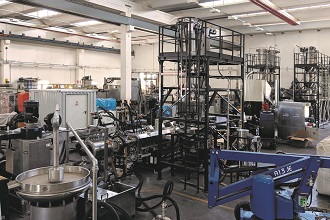
The regeneration and "upcycling" process begins with 9 gravimetric dosing stations to feed the materials in a more precise and accurate way to the Compac system which has the function of shredding and densifying the waste material to be recycled. From the Compac unit, the material is pushed with constant flow from the feeding screw into the extruder.
The melt obtained during the extrusion phase is filtered by the automatic screen changer which removes even the smallest particles of contaminants (down to 80 micron). At the exit of the screen changer, the melt is "degassed" by the high performance vacuum chamber to avoid defects in the granules such as "air bubbles". At this point, the polymer is "enriched" with master, carbonate and various additives inside the twin-screw extruder. The fillers and additives are introduced by the dosing system which guarantees maximum precision. The upcycling process ends with the cutting of the melted material inside the TDA pelletizing system. Installed on the system is an inline measurement of the viscosity and the Gamma UPC digital scale control for the real - time measurement of the productivity and energy consumption of the unit. This complete system has an average production capacity of 1,300 kg/h of enriched PE compound.
This technological solution gives a much higher value to the product from waste with the upcycling process. Much like other solutions developed by Gamma Meccanica The Tandem Plus allows for contributions to the protection of the environment, both for the type of application and for better energy savings and minimum environmental impact.





